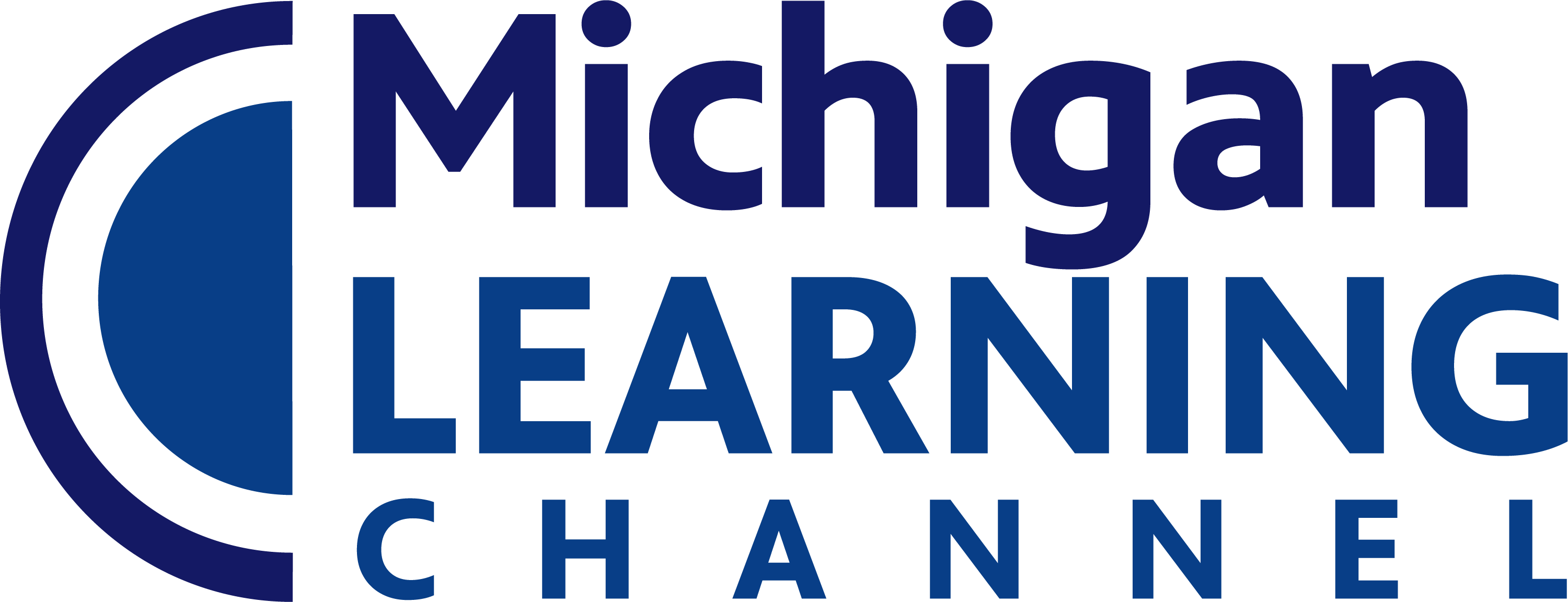Grades
Standard
Explore basic locomotor movements moving in a straight line; e.g., walk, run, gallop, slide, jump, step hop, skip.
Reproduce two simple movements at moderate tempo such as clapping and stepping at a moderate tempo.
Identify and name parts of the body as they are touched: head, neck, shoulders, hips, arms, legs and knees.
Follow teacher-directed movement responses involving props; e.g., scarves, bean bags, parachute.
Explore within personal space contrasting concepts, such as small to large, or low to high.
Teacher directs students in a simple pattern using the elements, force, and level.
Observe use of video cameral and become comfortable with the equipment and process.
Identify basic locomotor movements and combinations of basic locomotor movements.
Experience an age-appropriate dance or dance concert, and discuss the experience.
Analyze the author’s purpose in providing an explanation, describing a procedure, or discussing an experiment in a text, identifying important [...]
Integrate and evaluate multiple sources of information presented in diverse formats and media (e.g., quantitative data, video, multimedia) in order [...]
Evaluate the hypotheses, data, analysis, and conclusions in a science or technical text, verifying the data when possible and corroborating [...]
Synthesize information from a range of sources (e.g., texts, experiments, simulations) into a coherent understanding of a process, phenomenon, or [...]
Write routinely over extended time frames (time for reflection and revision) and shorter time frames (a single sitting or a [...]
Introduce precise, knowledgeable claim(s), establish the significance of the claim(s), distinguish the claim(s) from alternate or opposing claims, and create [...]
Develop claim(s) and counterclaims fairly and thoroughly, supplying the most relevant data and evidence for each while pointing out the [...]
Use words, phrases, and clauses as well as varied syntax to link the major sections of the text, create cohesion, [...]
Establish and maintain a formal style and objective tone while attending to the norms and conventions of the discipline in [...]
Provide a concluding statement or section that follows from or supports the argument presented.
Write informative/explanatory texts, including the narration of historical events, scientific procedures/ experiments, or technical processes.
Introduce a topic and organize complex ideas, concepts, and information so that each new element builds on that which precedes [...]
Develop the topic thoroughly by selecting the most significant and relevant facts, extended definitions, concrete details, quotations, or other information [...]
Use varied transitions and sentence structures to link the major sections of the text, create cohesion, and clarify the relationships [...]
Use precise language, domain-specific vocabulary and techniques such as metaphor, simile, and analogy to manage the complexity of the topic; [...]
Provide a concluding statement or section that follows from and supports the information or explanation provided (e.g., articulating implications or [...]
Produce clear and coherent writing in which the development, organization, and style are appropriate to task, purpose, and audience.
Develop and strengthen writing as needed by planning, revising, editing, rewriting, or trying a new approach, focusing on addressing what [...]
Use technology, including the Internet, to produce, publish, and update individual or shared writing products in response to ongoing feedback, [...]
Demonstrate understanding of figurative language, word relationships, and nuances in word meanings.
Interpret figures of speech (e.g., hyperbole, paradox) in context and analyze their role in the text.
Acquire and use accurately general academic and domain-specific words and phrases, sufficient for reading, writing, speaking, and listening at the [...]
Cite specific textual evidence to support analysis of primary and secondary sources, connecting insights gained from specific details to an [...]
By the end of grade 12, read and comprehend history/social studies texts in the grades 11–12 text complexity band independently [...]
Determine the central ideas or information of a primary or secondary source; provide an accurate summary that makes clear the [...]
Evaluate various explanations for actions or events and determine which explanation best accords with textual evidence, acknowledging where the text [...]
Determine the meaning of words and phrases as they are used in a text, including analyzing how an author uses [...]
Analyze in detail how a complex primary source is structured, including how key sentences, paragraphs, and larger portions of the [...]
Evaluate authors’ differing points of view on the same historical event or issue by assessing the authors’ claims, reasoning, and [...]
Integrate and evaluate multiple sources of information presented in diverse formats and media (e.g., visually, quantitatively, as well as in [...]
Evaluate an author’s premises, claims, and evidence by corroborating or challenging them with other information.
Grades
Standard
Explore basic locomotor movements moving in a straight line; e.g., walk, run, gallop, slide, jump, step hop, skip.
Reproduce two simple movements at moderate tempo such as clapping and stepping at a moderate tempo.
Identify and name parts of the body as they are touched: head, neck, shoulders, hips, arms, legs and knees.
Follow teacher-directed movement responses involving props; e.g., scarves, bean bags, parachute.
Explore within personal space contrasting concepts, such as small to large, or low to high.
Teacher directs students in a simple pattern using the elements, force, and level.
Observe use of video cameral and become comfortable with the equipment and process.
Identify basic locomotor movements and combinations of basic locomotor movements.
Experience an age-appropriate dance or dance concert, and discuss the experience.
Analyze the author’s purpose in providing an explanation, describing a procedure, or discussing an experiment in a text, identifying important [...]
Integrate and evaluate multiple sources of information presented in diverse formats and media (e.g., quantitative data, video, multimedia) in order [...]
Evaluate the hypotheses, data, analysis, and conclusions in a science or technical text, verifying the data when possible and corroborating [...]
Synthesize information from a range of sources (e.g., texts, experiments, simulations) into a coherent understanding of a process, phenomenon, or [...]
Write routinely over extended time frames (time for reflection and revision) and shorter time frames (a single sitting or a [...]
Introduce precise, knowledgeable claim(s), establish the significance of the claim(s), distinguish the claim(s) from alternate or opposing claims, and create [...]
Develop claim(s) and counterclaims fairly and thoroughly, supplying the most relevant data and evidence for each while pointing out the [...]
Use words, phrases, and clauses as well as varied syntax to link the major sections of the text, create cohesion, [...]
Establish and maintain a formal style and objective tone while attending to the norms and conventions of the discipline in [...]
Provide a concluding statement or section that follows from or supports the argument presented.
Write informative/explanatory texts, including the narration of historical events, scientific procedures/ experiments, or technical processes.
Introduce a topic and organize complex ideas, concepts, and information so that each new element builds on that which precedes [...]
Develop the topic thoroughly by selecting the most significant and relevant facts, extended definitions, concrete details, quotations, or other information [...]
Use varied transitions and sentence structures to link the major sections of the text, create cohesion, and clarify the relationships [...]
Use precise language, domain-specific vocabulary and techniques such as metaphor, simile, and analogy to manage the complexity of the topic; [...]
Provide a concluding statement or section that follows from and supports the information or explanation provided (e.g., articulating implications or [...]
Produce clear and coherent writing in which the development, organization, and style are appropriate to task, purpose, and audience.
Develop and strengthen writing as needed by planning, revising, editing, rewriting, or trying a new approach, focusing on addressing what [...]
Use technology, including the Internet, to produce, publish, and update individual or shared writing products in response to ongoing feedback, [...]
Demonstrate understanding of figurative language, word relationships, and nuances in word meanings.
Interpret figures of speech (e.g., hyperbole, paradox) in context and analyze their role in the text.
Acquire and use accurately general academic and domain-specific words and phrases, sufficient for reading, writing, speaking, and listening at the [...]
Cite specific textual evidence to support analysis of primary and secondary sources, connecting insights gained from specific details to an [...]
By the end of grade 12, read and comprehend history/social studies texts in the grades 11–12 text complexity band independently [...]
Determine the central ideas or information of a primary or secondary source; provide an accurate summary that makes clear the [...]
Evaluate various explanations for actions or events and determine which explanation best accords with textual evidence, acknowledging where the text [...]
Determine the meaning of words and phrases as they are used in a text, including analyzing how an author uses [...]
Analyze in detail how a complex primary source is structured, including how key sentences, paragraphs, and larger portions of the [...]
Evaluate authors’ differing points of view on the same historical event or issue by assessing the authors’ claims, reasoning, and [...]
Integrate and evaluate multiple sources of information presented in diverse formats and media (e.g., visually, quantitatively, as well as in [...]
Evaluate an author’s premises, claims, and evidence by corroborating or challenging them with other information.


